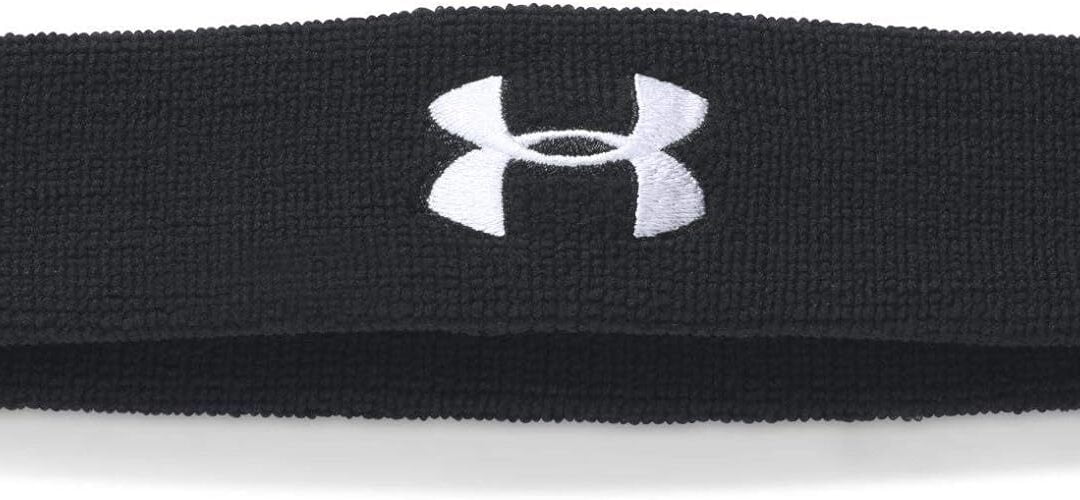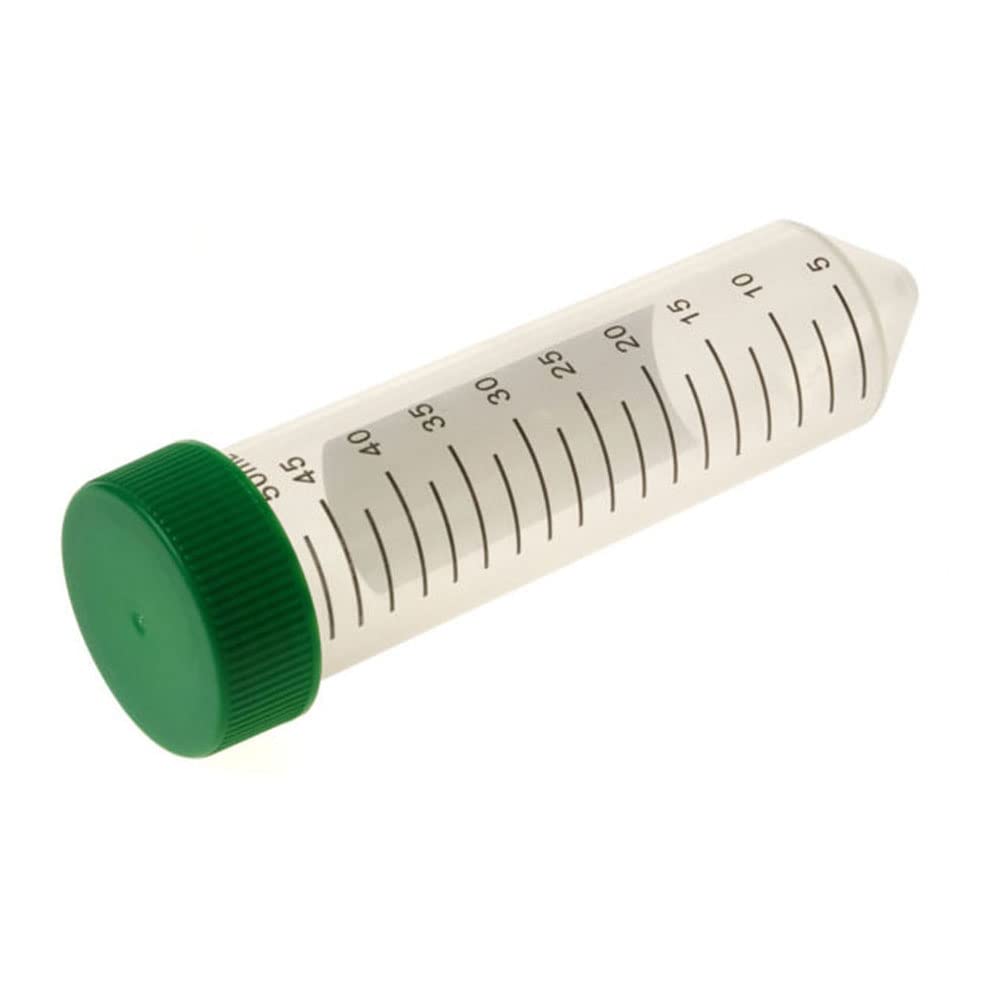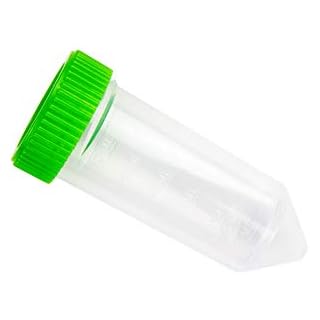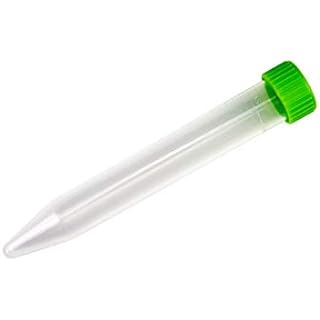Discover the benefits of sweatbands for your fitness routine. Enhance your performance and stay comfortable with these stylish and functional accessories.


In any laboratory setting, there are numerous tools and equipment that are essential for conducting experiments and research. One such tool is the centrifuge tube. This article will explore the importance of centrifuge tubes in the laboratory, their various types, and how they are used in different scientific disciplines.
A centrifuge tube is a cylindrical, transparent container made of glass or plastic that is used to hold samples during centrifugation. Centrifugation is a process that involves spinning samples at high speeds to separate components based on their density. The centrifuge tube is designed to withstand the high speeds and forces generated during centrifugation.
Glass tubes are made of borosilicate glass, which is known for its high resistance to heat and chemicals. These tubes are commonly used in research laboratories and are suitable for applications that require high temperatures or harsh chemicals. Glass centrifuge tubes are reusable and can be sterilized for repeated use.
Plastic centrifuge tubes are made of materials such as polypropylene or polycarbonate. These tubes are disposable and are often used in clinical laboratories and diagnostic settings. Plastic centrifuge tubes are lightweight, shatterproof, and resistant to chemicals. They are available in various sizes and can be easily labeled for sample identification.
Microcentrifuge tubes are small centrifuge tubes that are used for handling small volumes of samples. These tubes have a capacity of 0.2 mL to 2 mL and are commonly used in molecular biology, biochemistry, and genetics research. Micro tubes are made of plastic and are compatible with microcentrifuges, which are specialized centrifuges designed for small volumes.
Conical centrifuge tubes have a conical shape and are used for separating liquids and solids based on their density. These tubes have a larger capacity compared to microtubes and are commonly used in clinical and research laboratories. Conical tubes are available in both glass and plastic materials.
Screw cap tubes have a screw cap closure mechanism that ensures a secure seal during centrifugation. These tubes are commonly used for applications that require airtight storage, such as long-term sample preservation or storage of hazardous materials. Screw cap tubes are available in both glass and plastic materials.

The primary use of centrifuge tubes is to separate components of a sample based on their density. During centrifugation, the high-speed rotation causes the denser components to move towards the bottom of the tube, forming a pellet, while the less dense components remain in the supernatant. This separation process is crucial in various scientific disciplines, including biology, chemistry, and clinical diagnostics.
Centrifuge tubes are commonly used in cell culture applications. They are used to collect and store cell suspensions, harvest cells from culture media, and separate different cell populations based on their density. Cell culture tubes are designed to maintain a sterile environment and prevent contamination.
In molecular biology research, tubes are used for DNA and RNA extraction. The tubes are used to hold the samples during the extraction process, which involves breaking down cells and separating nucleic acids from other cellular components. Centrifuge tubes with screw cap closures are often used to prevent contamination and ensure the integrity of the extracted DNA or RNA.
Centrifuge tubes are essential in protein purification processes. They are used to collect and store protein samples after separation from other cellular components. tubes with high-quality sealing mechanisms are crucial to prevent protein degradation and maintain sample integrity.
In clinical diagnostics, tubes are used for various purposes, including blood sample collection, urine analysis, and serum separation. These tubes are designed to withstand the high speeds and forces generated during centrifugation, ensuring accurate and reliable test results.
It is important to select the appropriate type of tube for your specific application. Consider factors such as sample volume, required speed, and compatibility with the centrifuge. Glass tubes are suitable for high-temperature applications, while plastic tubes are ideal for disposable or low-temperature applications.
When working with tubes, it is essential to follow safety precautions to prevent accidents or sample contamination. Always wear appropriate personal protective equipment, such as gloves and goggles, when handling samples or operating centrifuges. Ensure that the tubes are properly sealed and balanced to avoid any mishaps during centrifugation.

Properly labeling the tubes is crucial for sample identification and traceability. Use waterproof markers or labels to clearly mark the tubes with relevant information, such as sample name, date, and any special handling instructions. This will prevent mix-ups and ensure accurate data interpretation.
After centrifugation, it is important to store the tubes properly to maintain sample integrity. Depending on the nature of the sample, store the tubes in a refrigerator, freezer, or at room temperature. Follow the manufacturer’s instructions for storage conditions and duration to prevent degradation or contamination of the samples.
In the field of drug discover tubes are used for various purposes. They are used to separate and purify target compounds from complex mixtures, such as natural product extracts or synthetic compound libraries. Centrifuge tubes are also used to collect and store samples during high-throughput screening assays, where thousands of compounds are tested for their potential as drug candidates.
Centrifuge tubes are used in environmental analysis to separate and concentrate pollutants or contaminants from environmental samples. For example, in water analysis, tubes are used to separate suspended solids or particulate matter from the water sample. This allows for more accurate measurement and analysis of the pollutants present in the sample.
In the food and beverage industry, tubes are used for quality control and analysis. They are used to separate and concentrate components such as fats, proteins, and sugars from food or beverage samples. This allows for the detection of contaminants, the measurement of nutritional content, and the assessment of product quality.
In forensic science, tubes are used for the analysis of biological samples, such as blood, saliva, or semen. Centrifuge tubes are used to separate and concentrate the biological material from other components, such as cell debris or contaminants. This allows for the extraction of DNA or other forensic markers, which can be used for identification or criminal investigations.
In the pharmaceutical industry, centrifuge tubes are used for various applications, including drug formulation, stability testing, and quality control. tubes are used to separate and collect samples during drug formulation processes, such as emulsion or suspension preparation. They are also used to assess the stability of drug formulations over time, by measuring the separation or degradation of components.

In addition to the standard centrifuge tubes, there are also specialized tubes available for specific applications. For example, there are gradient tubes that contain a density gradient solution, which allows for the separation of components with different densities. There are also ultra-centrifuge tubes that are designed to withstand the extremely high speeds and forces generated by ultra-centrifuges.
When using tubes, it is important to be aware of their maximum speed and capacity. Exceeding the recommended speed or overfilling the tubes can lead to tube failure or sample loss. Always check the manufacturer’s specifications for the maximum speed and capacity of the tubes, and adjust your experimental parameters accordingly.
If you are using tubes with a centrifuge that has a different tube size or type, consider using adapters. Adapters allow you to use tubes of different sizes or types in the same centrifuge, expanding your experimental options. Make sure to use adapters that are compatible with both the centrifuge and the tubes you are using.
After each use, it is important to clean and maintain the tubes to ensure their longevity and performance. Rinse the tubes with an appropriate cleaning solution, such as a mild detergent or a laboratory-grade cleaning agent, and rinse thoroughly with distilled water. Allow the tubes to air dry or use a clean, lint-free cloth to dry them. Store the tubes in a clean and dry environment to prevent contamination.
When disposing of tubes, follow the appropriate waste disposal guidelines. Glass centrifuge tubes can often be autoclaved and reused, but if they are damaged or contaminated, they should be disposed of in a designated glass waste container. Plastic centrifuge tubes should be disposed of in a designated plastic waste container, following the guidelines for plastic waste disposal in your laboratory or institution.

Glass tubes can be reused after sterilization, while plastic tubes are typically disposable and not meant for reuse.
The size of the tube depends on the volume of the sample you are working with. Choose a tube that can accommodate the sample volume without overflowing or leaving too much empty space.
Plastic centrifuge tubes are designed to withstand high speeds, but it is important to check the manufacturer’s specifications to ensure that the tube is suitable for your specific centrifugation speed.
Glass tubes can be cleaned with a mild detergent and warm water, followed by rinsing with distilled water. To sterilize the tubes, they can be autoclaved or placed in an oven at high temperatures.
It is recommended to use waterproof markers or labels to ensure that the labeling remains intact during storage and handling.
Depending on the nature of the sample, store the tubes in a refrigerator, freezer, or at room temperature. Follow the manufacturer’s instructions for storage conditions and duration to maintain sample integrity.

Centrifuge tubes are essential tools in the laboratory for separating components, collecting samples, and preserving the integrity of biological materials. They are available in various types, including glass and plastic tubes, microcentrifuge tubes, conical tubes, and screw cap centrifuge tubes. These tubes are used in a wide range of scientific disciplines, including biology, chemistry, and clinical diagnostics. By following safety precautions, choosing the right type of tube, labeling them accurately, and storing them properly, scientists and researchers can ensure accurate and reliable results in their experiments and analyses.
Centrifuge tubes are indispensable tools in the laboratory. They play a crucial role in separating components, collecting samples, and preserving the integrity of various biological materials. By understanding the different types of tubes and their uses, scientists and researchers can make informed decisions and ensure accurate and reliable results in their experiments and analyses.
Centrifuge tubes are versatile tools that are essential in various scientific disciplines. They are used for the separation, collection, and preservation of samples in fields such as biology, chemistry, clinical diagnostics, drug discovery, and environmental analysis. By understanding the different types of centrifuge tubes, and their uses, and following proper handling and maintenance procedures, scientists and researchers can ensure accurate and reliable results in their experiments and analyses.